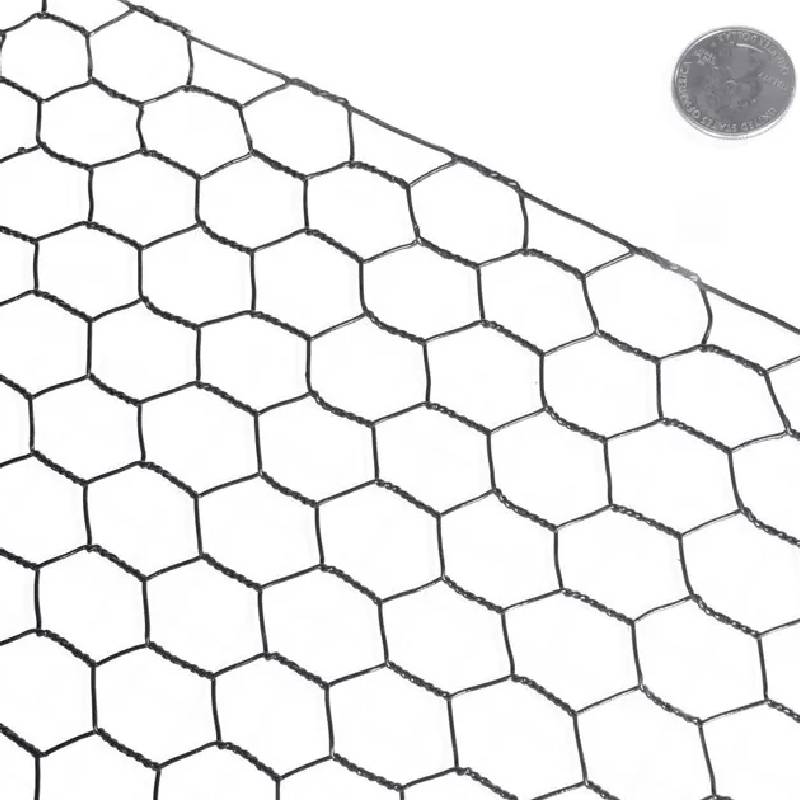
- Mobile Phone
- +8613931874955
- sales@cntcmetal.com
twisted wall ties
Understanding Twisted Wall Ties A Structural Innovation
Twisted wall ties are an innovative solution in the realm of construction that addresses various structural engineering challenges. As buildings become taller and more complex, the strategies and tools used to maintain their integrity must also evolve. Wall ties, which connect different parts of a structure, play a crucial role in ensuring that buildings withstand various stresses, including wind load and seismic activity.
Traditionally, wall ties have been used to connect brickwork to the structural frame of buildings, providing stability and support. However, the introduction of twisted wall ties has revolutionized this application. The twist in these ties allows for enhanced mechanical interlock and increased friction between the tie and the surrounding materials. This unique design improves the overall strength and durability of the connection, offering greater resistance to forces that might otherwise compromise the building's integrity.
One of the primary advantages of twisted wall ties is their ability to accommodate movement. Buildings are subjected to various forces that can cause expansion, contraction, and shifting. Twisted wall ties are designed to allow for some degree of movement while still maintaining a secure connection between masonry and the structural frame. This flexibility is essential in areas prone to seismic activity, where structures need to absorb and dissipate energy without failing.
twisted wall ties

Moreover, twisted wall ties can contribute to the overall efficiency of the construction process. Traditional wall ties often require precise alignment and can be cumbersome to install. The twisted design simplifies the installation process, as the ties are easier to manipulate and secure in place. This can lead to a reduction in labor costs and construction time, making them a favorable choice for contractors and builders.
In addition to their functional benefits, twisted wall ties are also designed with durability in mind. Many are made from corrosion-resistant materials, ensuring that they maintain their integrity over time, even in harsh environmental conditions. This longevity is particularly important in maintaining the safety and structural soundness of buildings, as deteriorating ties can lead to significant structural failures.
As the construction industry continues to innovate, the adoption of advanced materials and designs like twisted wall ties reflects a shift towards more resilient building practices. These ties not only enhance the stability and safety of structures but also align with sustainable development goals by reducing material waste and labor requirements.
In conclusion, twisted wall ties represent a significant advancement in construction technology. Their unique design promotes enhanced structural integrity, ease of installation, and long-term durability. As more builders recognize the benefits of incorporating these ties into their projects, we can expect to see improved safety and performance in modern building practices. Ultimately, the continued evolution of wall ties and other structural elements will contribute to safer, more resilient urban environments capable of withstanding the challenges posed by nature and time.
share:
-
Your Source for Concrete Wall Ties and Masonry AccessoriesNewsJul.10,2025
-
Unlocking the Power of Iron Wire for Every ProjectNewsJul.10,2025
-
Explore Advanced Chain Wire and Stainless Steel Mesh FencingNewsJul.10,2025
-
Discover the Benefits of Annealed Wire ProductsNewsJul.10,2025
-
Discover China Stainless Steel Wire Mesh SolutionsNewsJul.10,2025
-
Build with Confidence Using High-Performance Masonry AccessoriesNewsJul.10,2025
-
Why Sacrificial Formwork Is Redefining Underground ConstructionNewsJun.06,2025



















